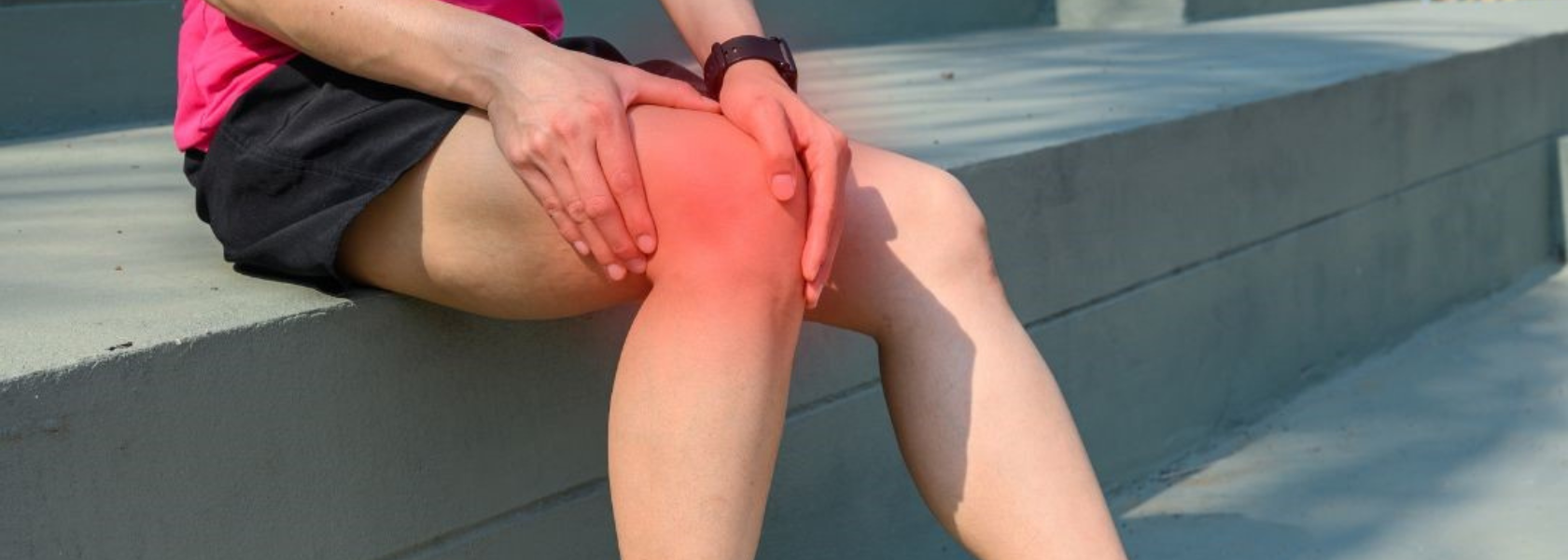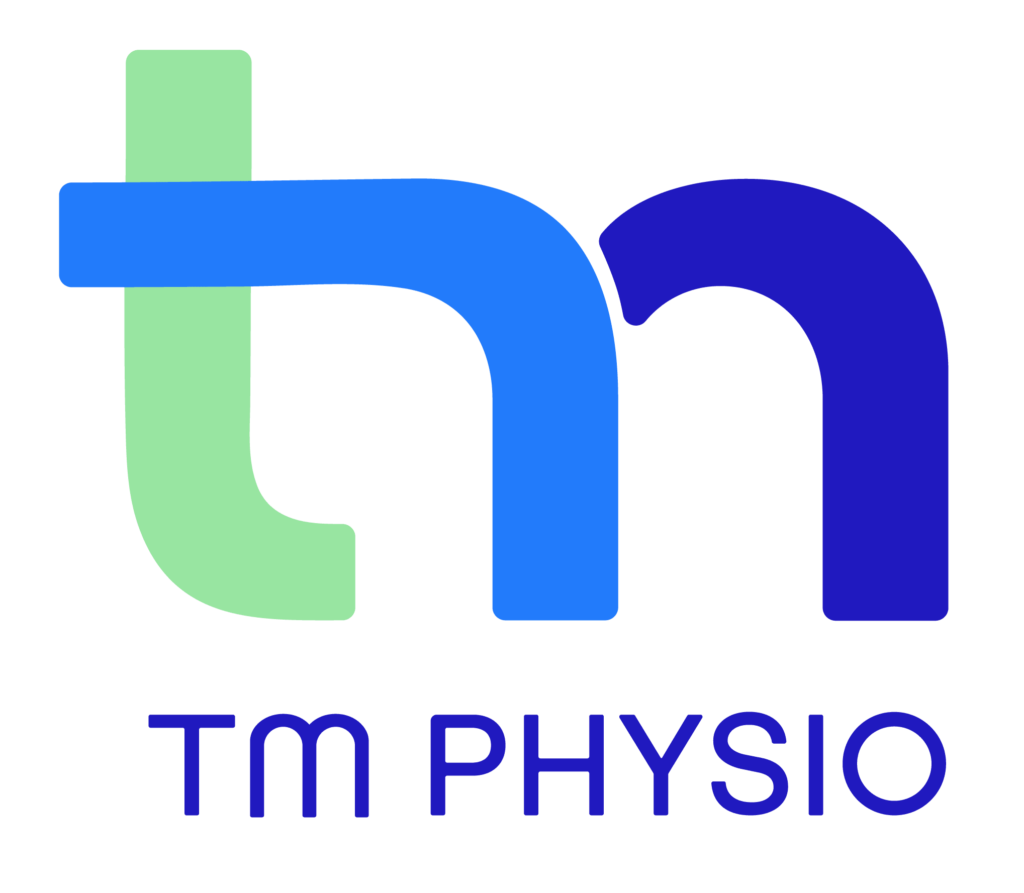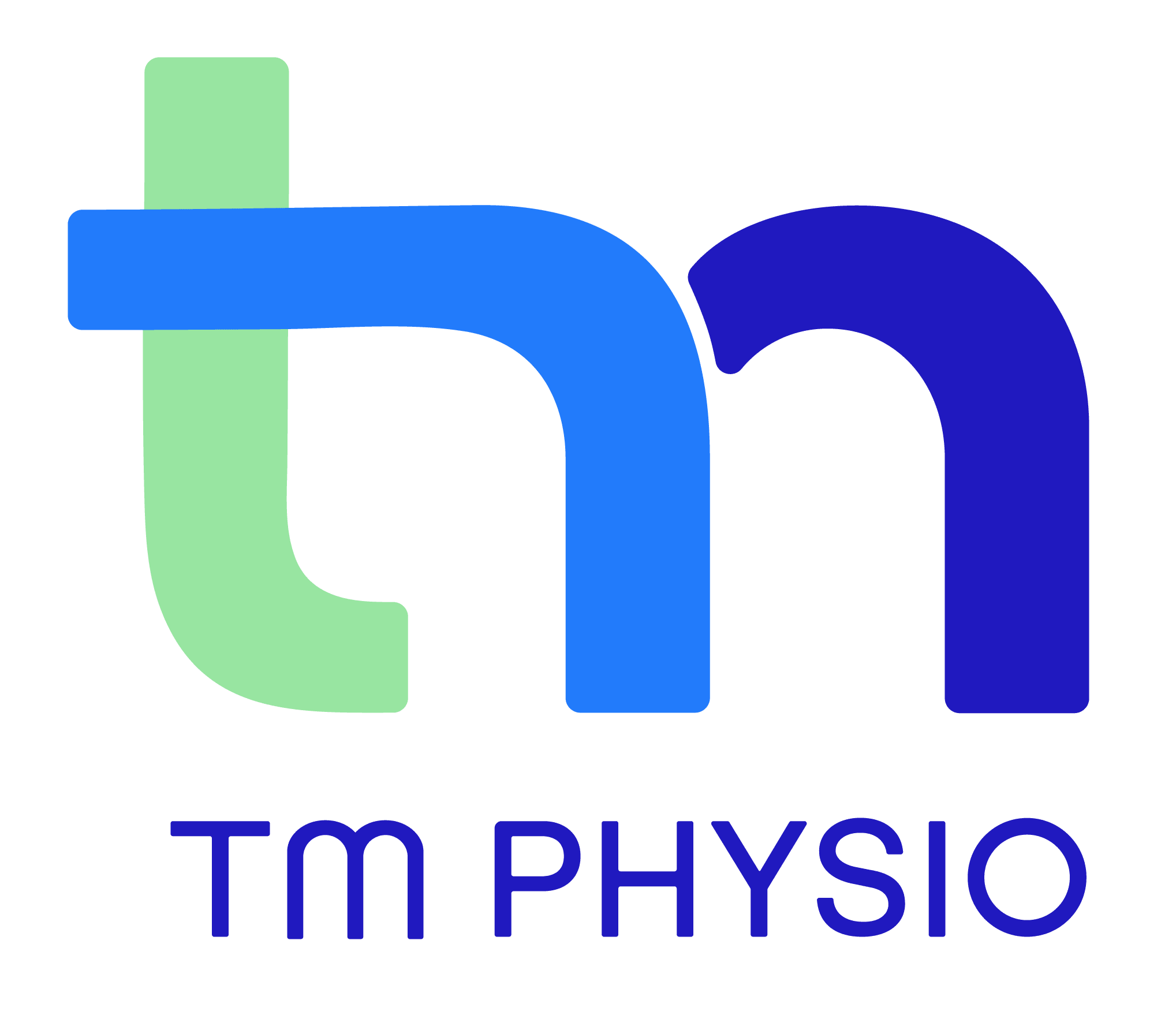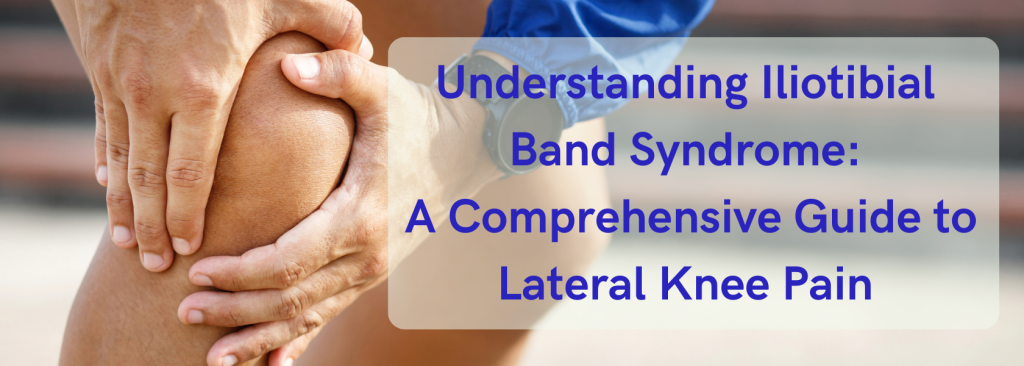Understanding Iliotibial Band Syndrome: A Comprehensive Guide to Lateral Knee Pain
Introduction:
Our bodies are funny things sometimes. We feel a pain somewhere, for example in our knees, so we assume there’s something wrong with our knees – logical right? But often the source of the pain is not the same as the site of the pain. Your knee pain may be caused by problems with your iliotibial band. So, if you’re experiencing discomfort or have concerns about your knee health, give us a call on 6254 9889 to make an appointment with the physiotherapists at TM Physio because sometimes expertise is needed to get to the root cause of the pain… But for now, let’s get back to the fascinating and painful world of Iliotibial Band Syndrome.
Iliotibial Band (ITB) Anatomy:
The iliotibial band is a fibrous band of tissue that runs along the outer side of the thigh from the iliac crest (part of the pelvis) to the tibia (shinbone). Its role is crucial in stabilising the knee during various movements such as walking, running, and cycling. When the ITB becomes inflamed or irritated, it can lead to a condition known as Iliotibial Band Syndrome. This results in pain at its insertion point on the side of the knee.

Mechanics of ITBS:
ITBS often results from imbalances in spine, hip, knee, and/or ankle mechanics which disrupt the body’s biomechanics. It’s an intricate system so let’s just examine what your body is doing when you go for a walk. Walking involves a coordinated series of movements across multiple joints. As you take a step, your spine provides stability and support, facilitating the transfer of weight between the lower extremities. The hip joint plays a crucial role, allowing the leg to swing forward during the stride. This movement engages the Gluteus Medius, a key hip muscle responsible for stabilising the pelvis. As the leg progresses, the knee flexes and extends, and the ankle joint accommodates the lifting and lowering of the foot. Walking is a complex action! However, when glutes are weak, or thighs are tight, or spines are misaligned or ankles are unstable, the biomechanics get disrupted, putting more stress on the iliotibial band.
So, when your knee starts playing up there are a few things we’ll investigate: Spinal alignment, tightness, or weakness in the hip muscles (especially the Gluteus Medius) and/or the quadriceps, as well as ankle stability.
How Will Your Physiotherapist Treat You?
Comprehensive Assessment: First things first, we’ll conduct a thorough assessment of your biomechanics, identifying any imbalances or weaknesses in the spine, hip, knee, and ankle. This may involve analysing your gait. Then we (and you) will get to work.
Prescribed Exercises: We’ll get you strengthening the weak muscles, stretching the tight muscles, and improving your balance and gait through a personalised exercise plan.
Manual Therapy: Hands-on techniques, such as massage and joint mobilisation, may be employed to reduce muscle tension and improve tissue mobility.
Conclusion:
It’s a complete condition, but Iliotibial Band Syndrome can be treated through targeted and personalised treatment. If you’re experiencing lateral knee pain or have concerns about your knee health, don’t hesitate to call us on 6254 9889 to schedule an appointment with our experienced physiotherapists. Your journey to pain-free movement starts with expert guidance and personalised care.
PS: Follow us on social media for ongoing insights into musculoskeletal health and wellness.


